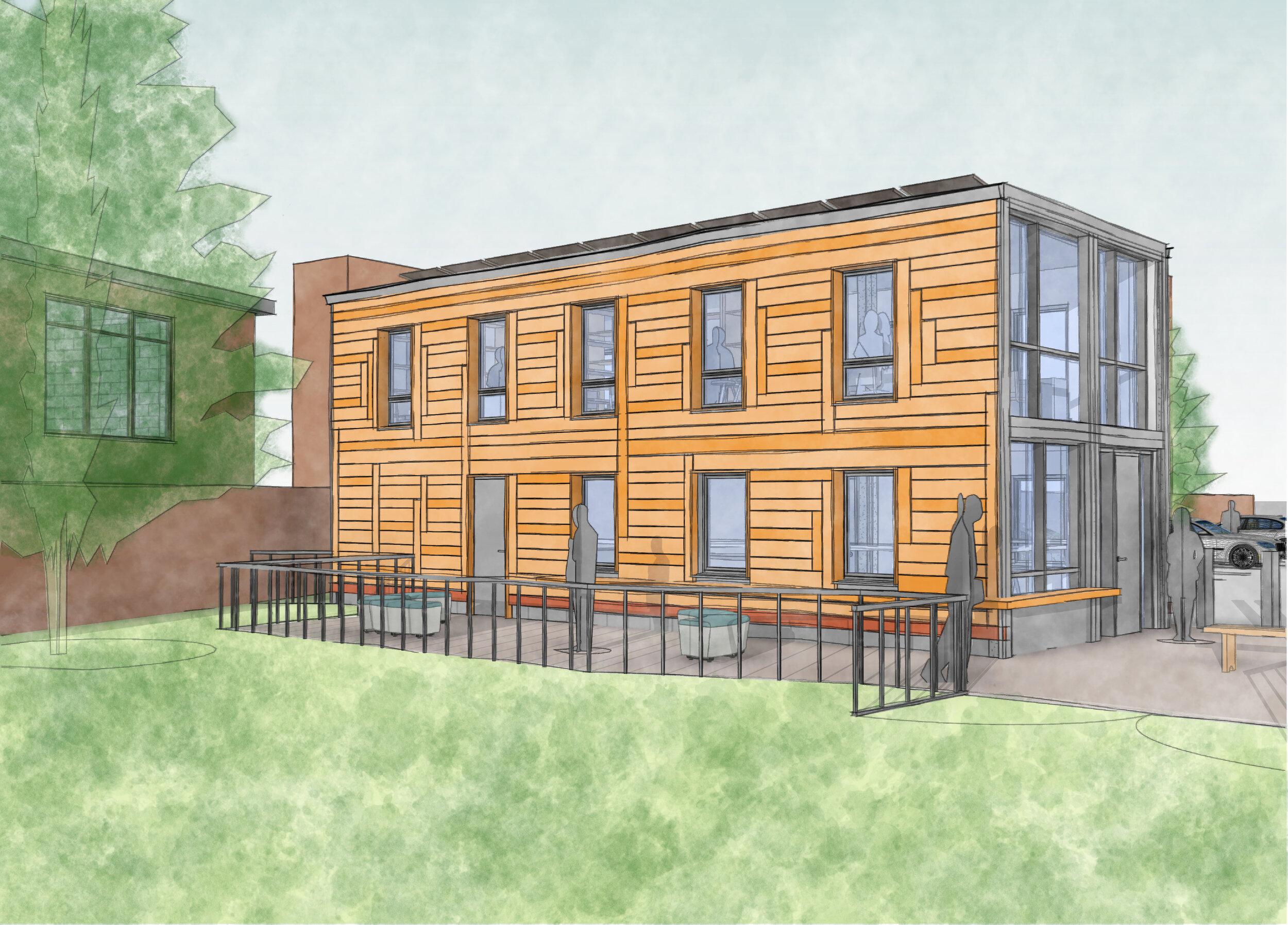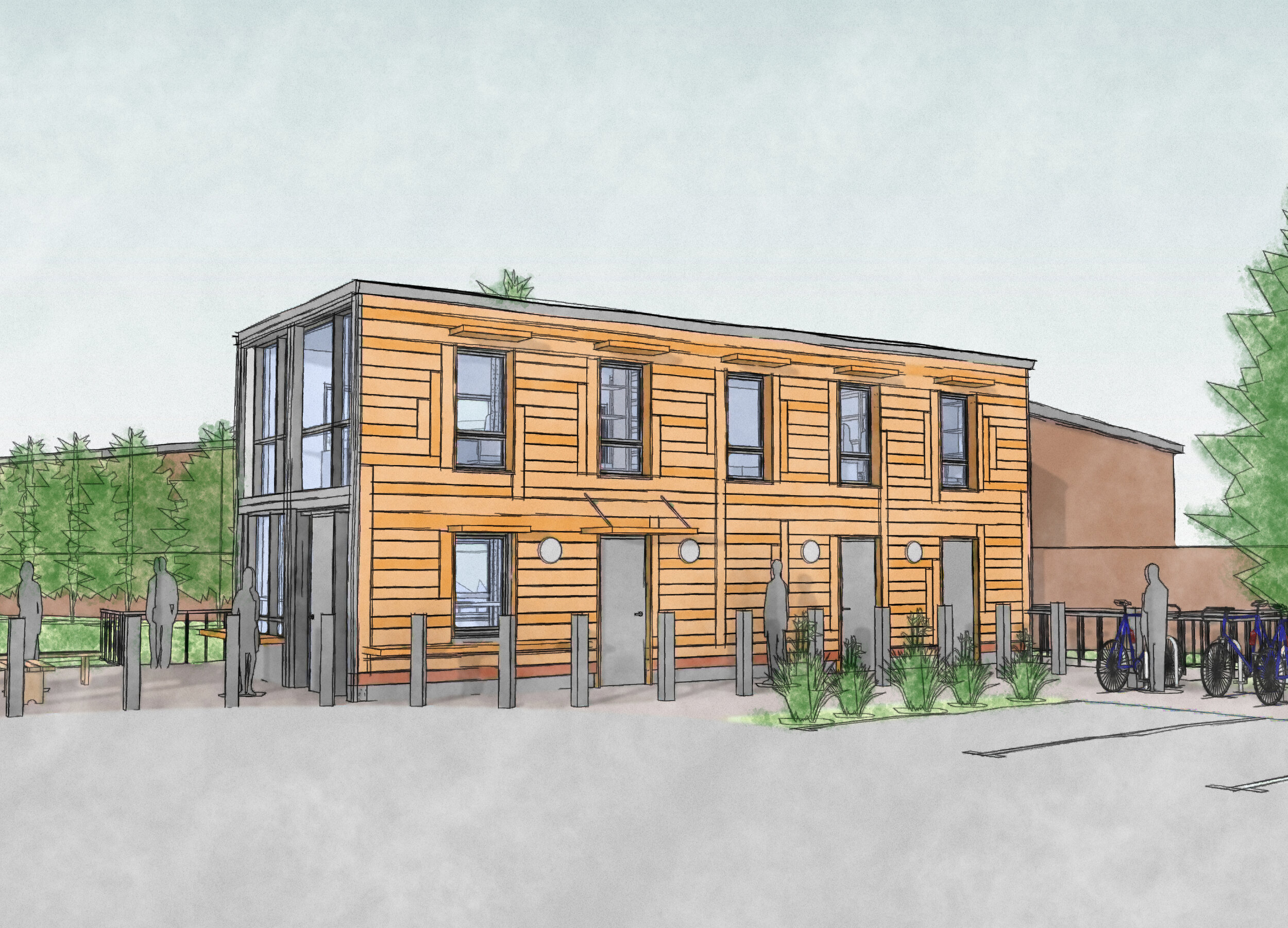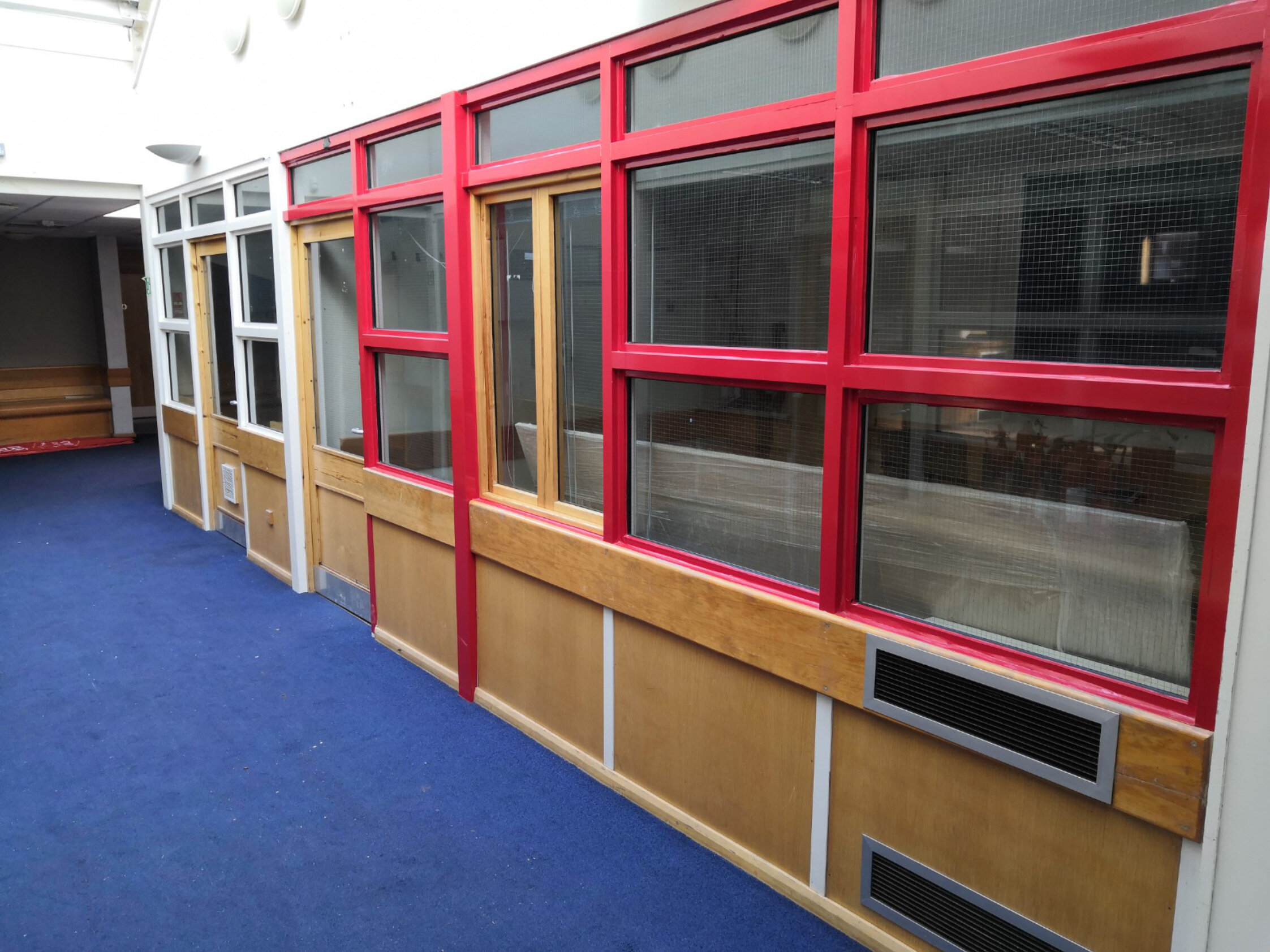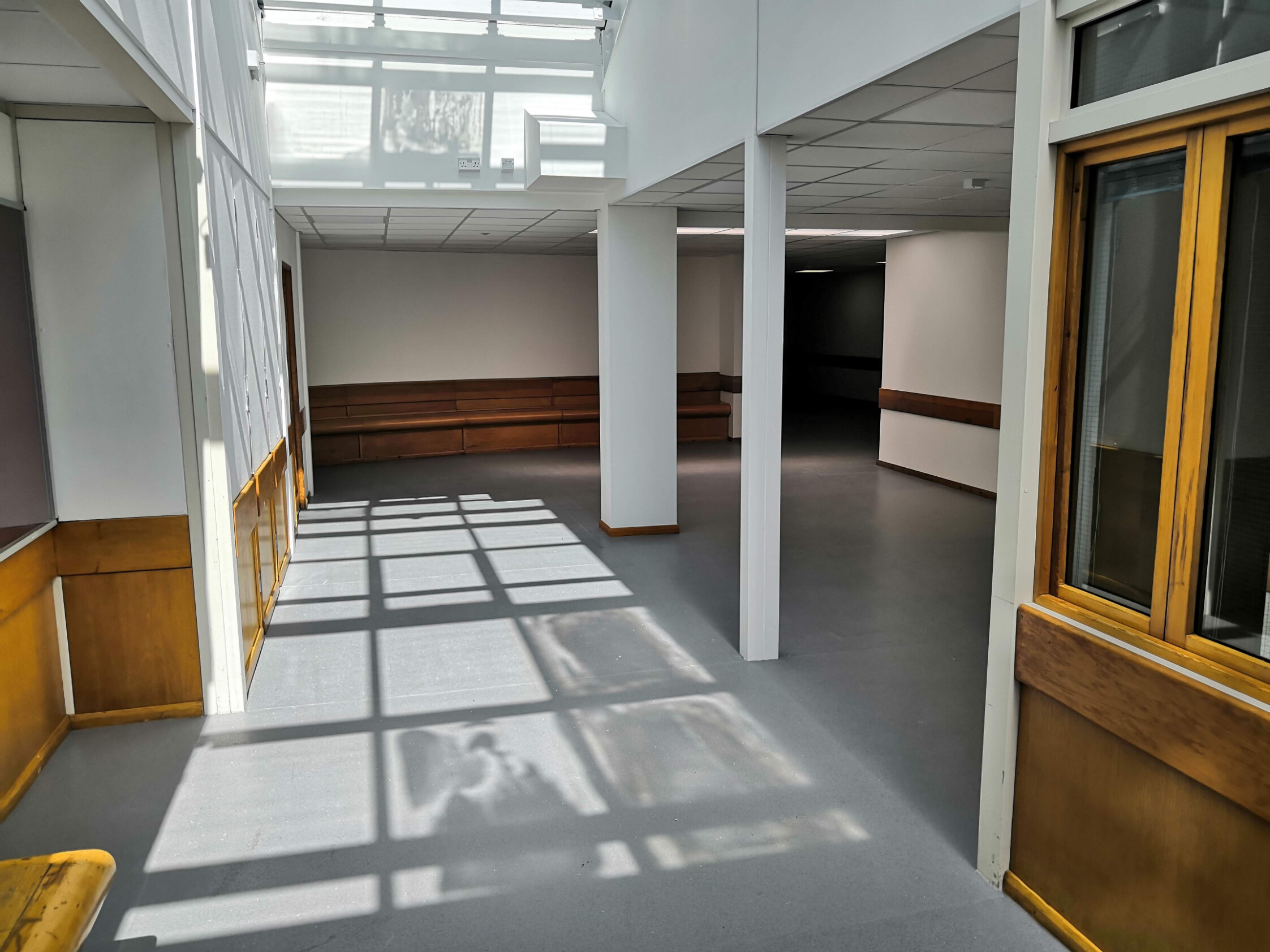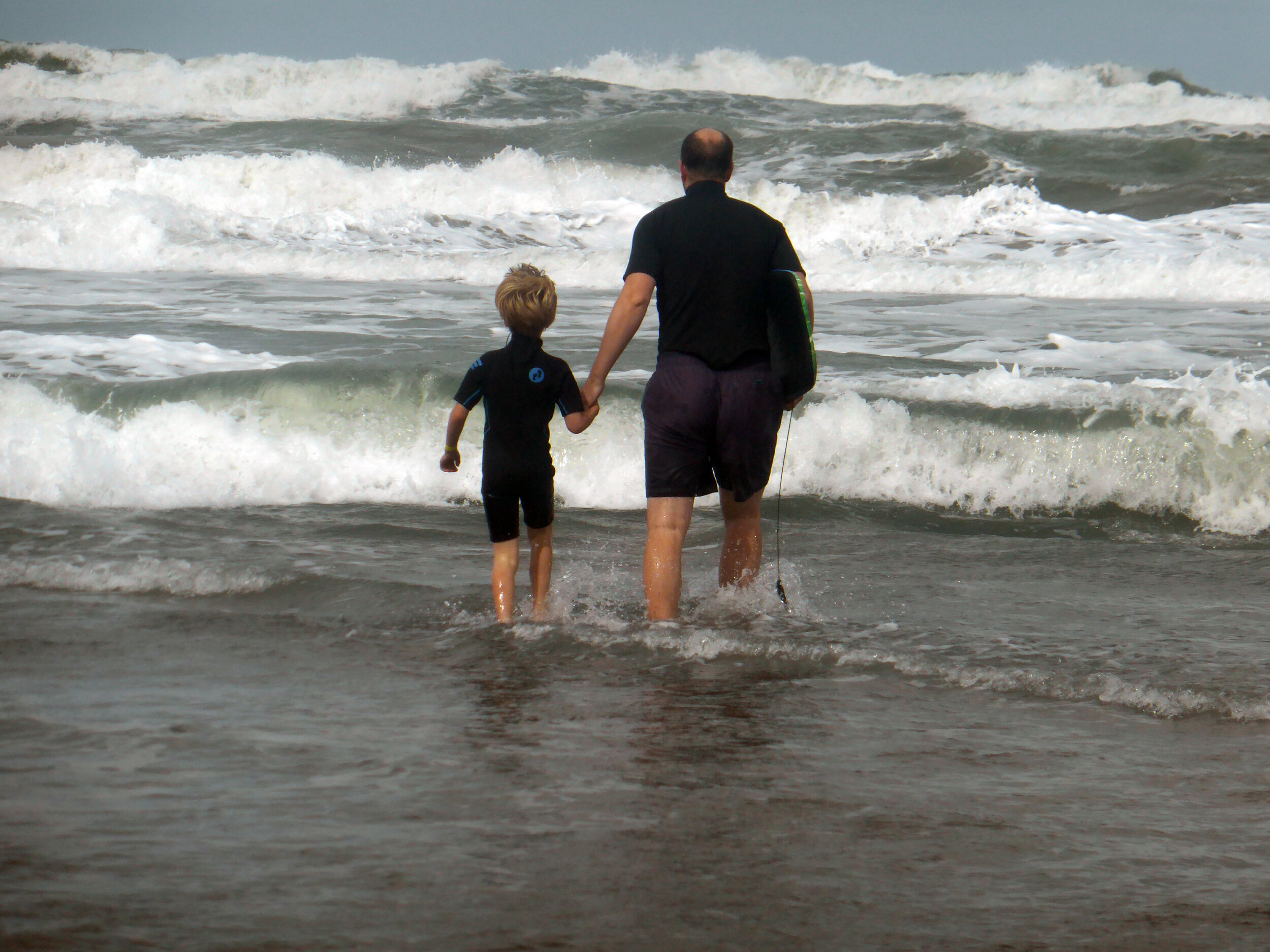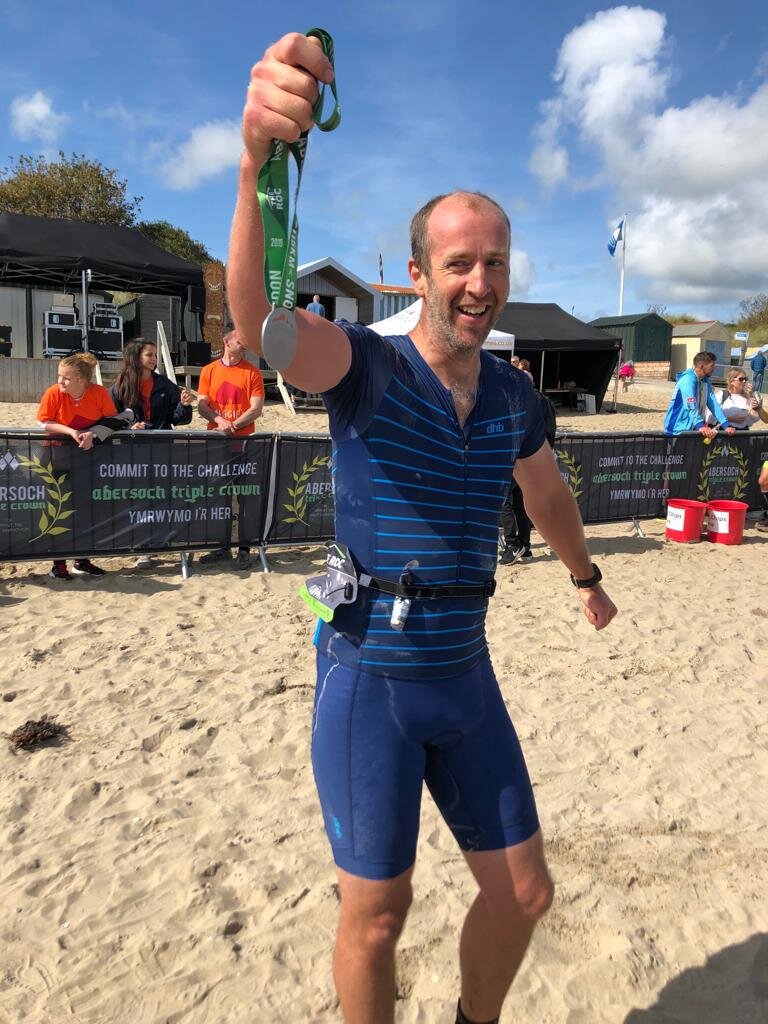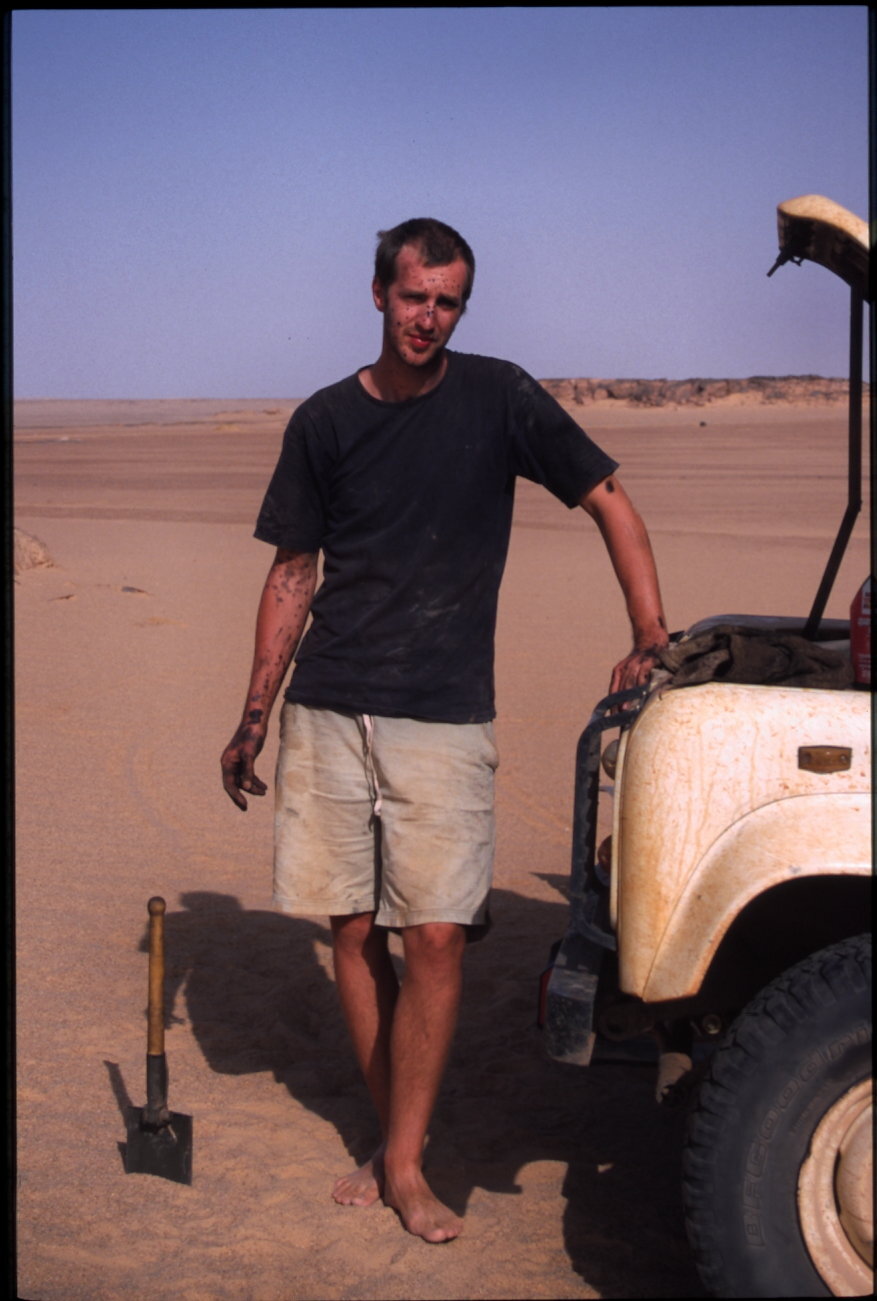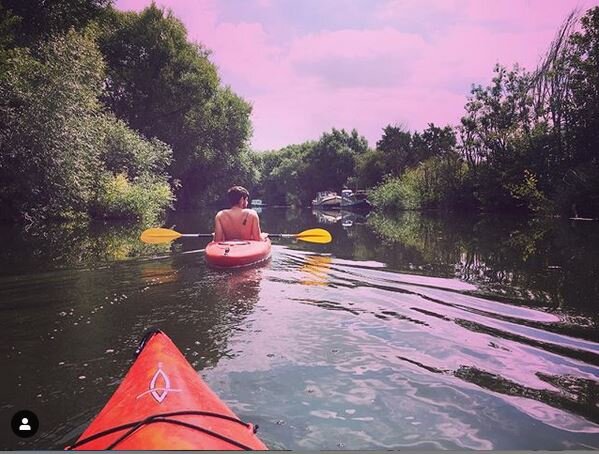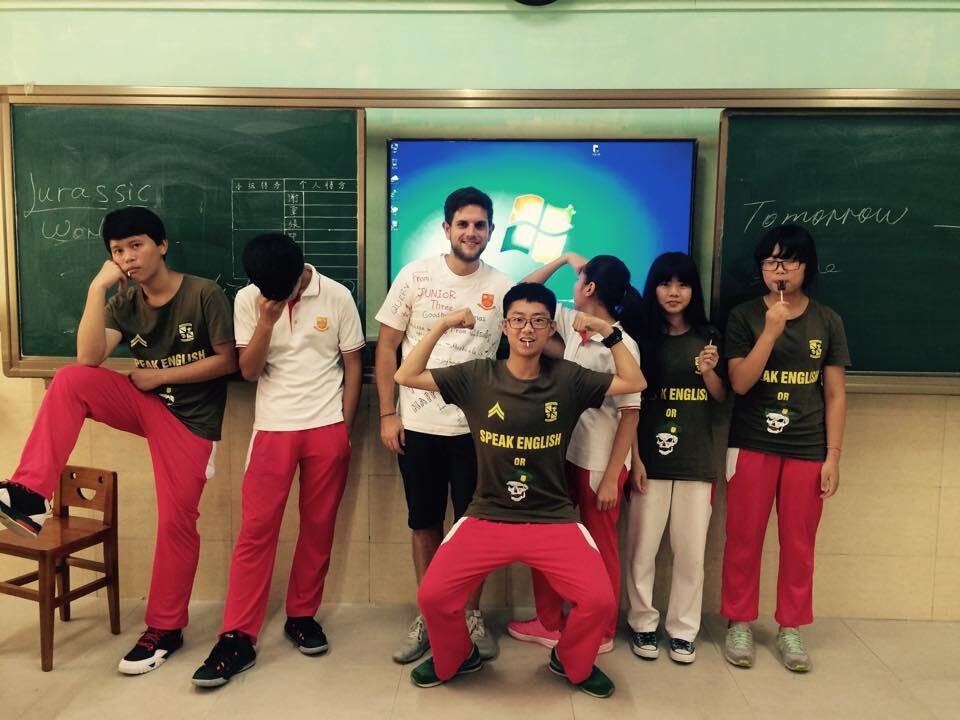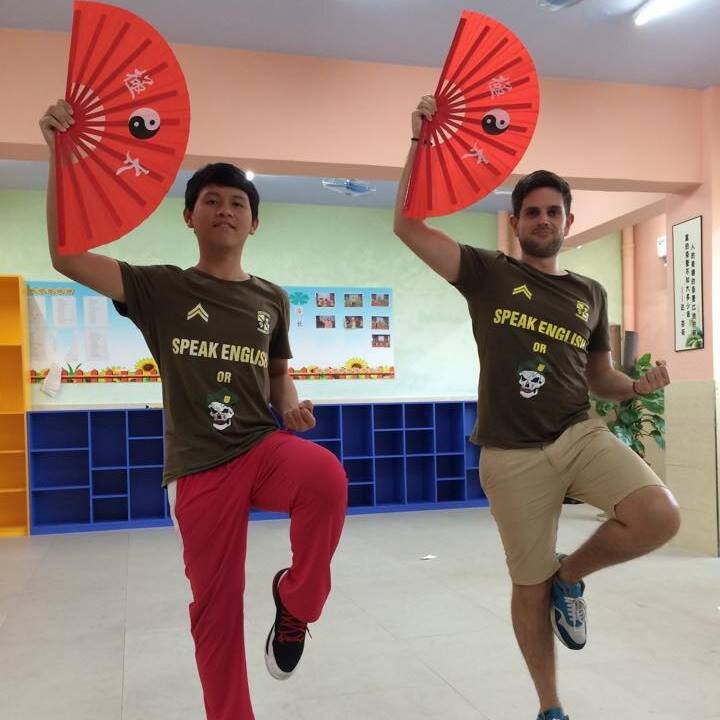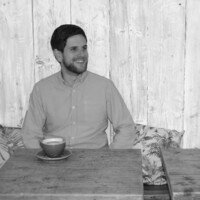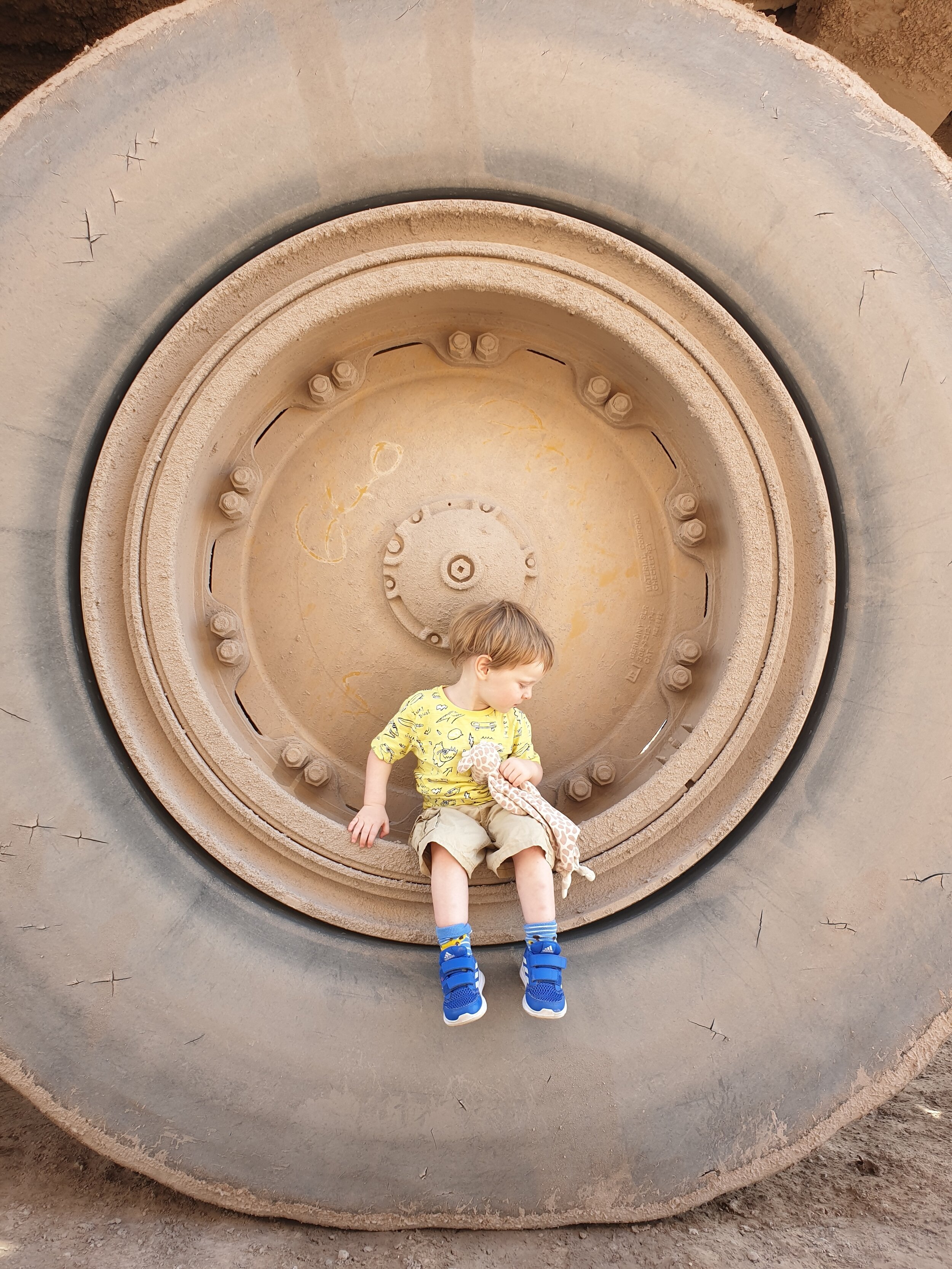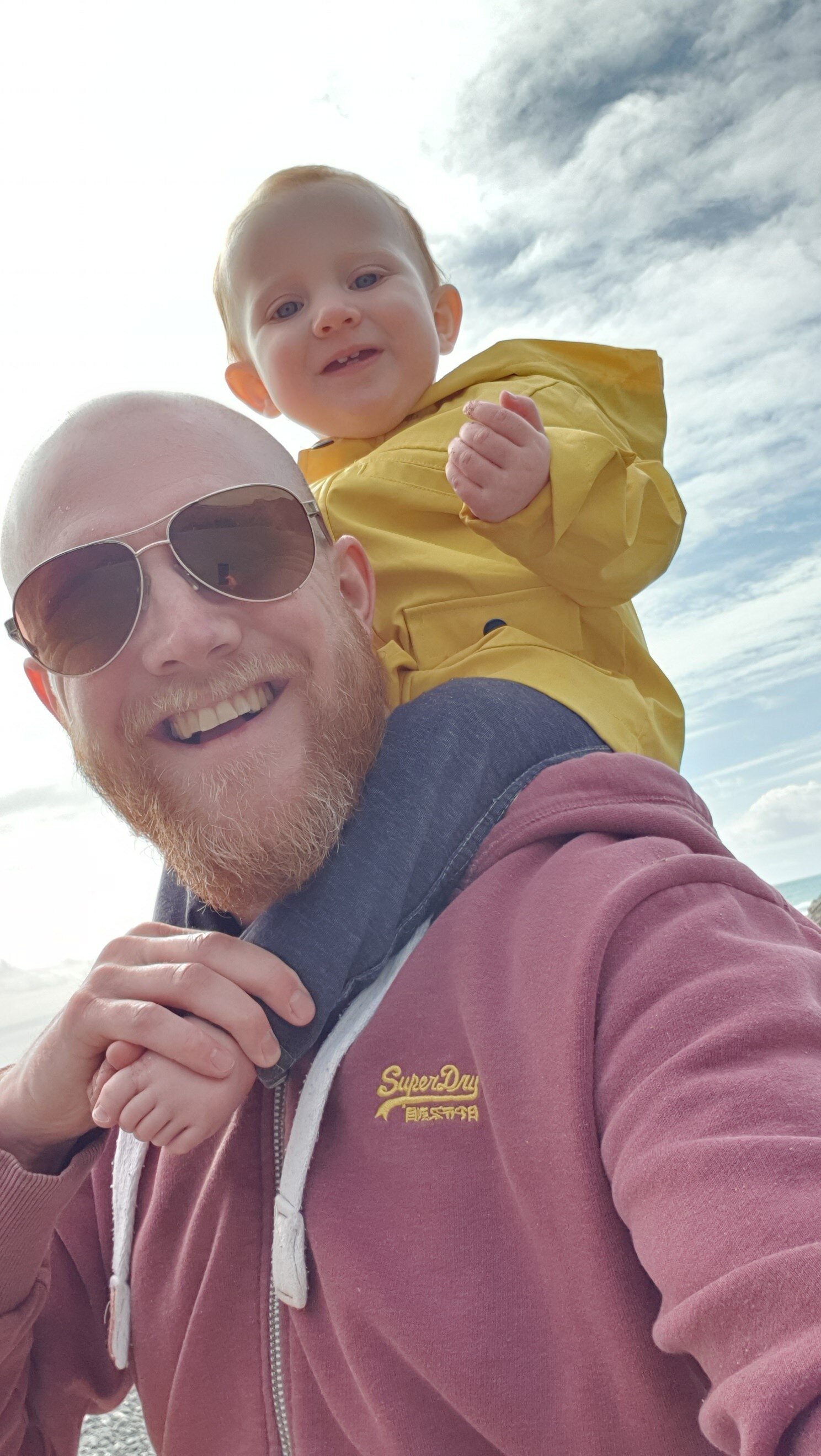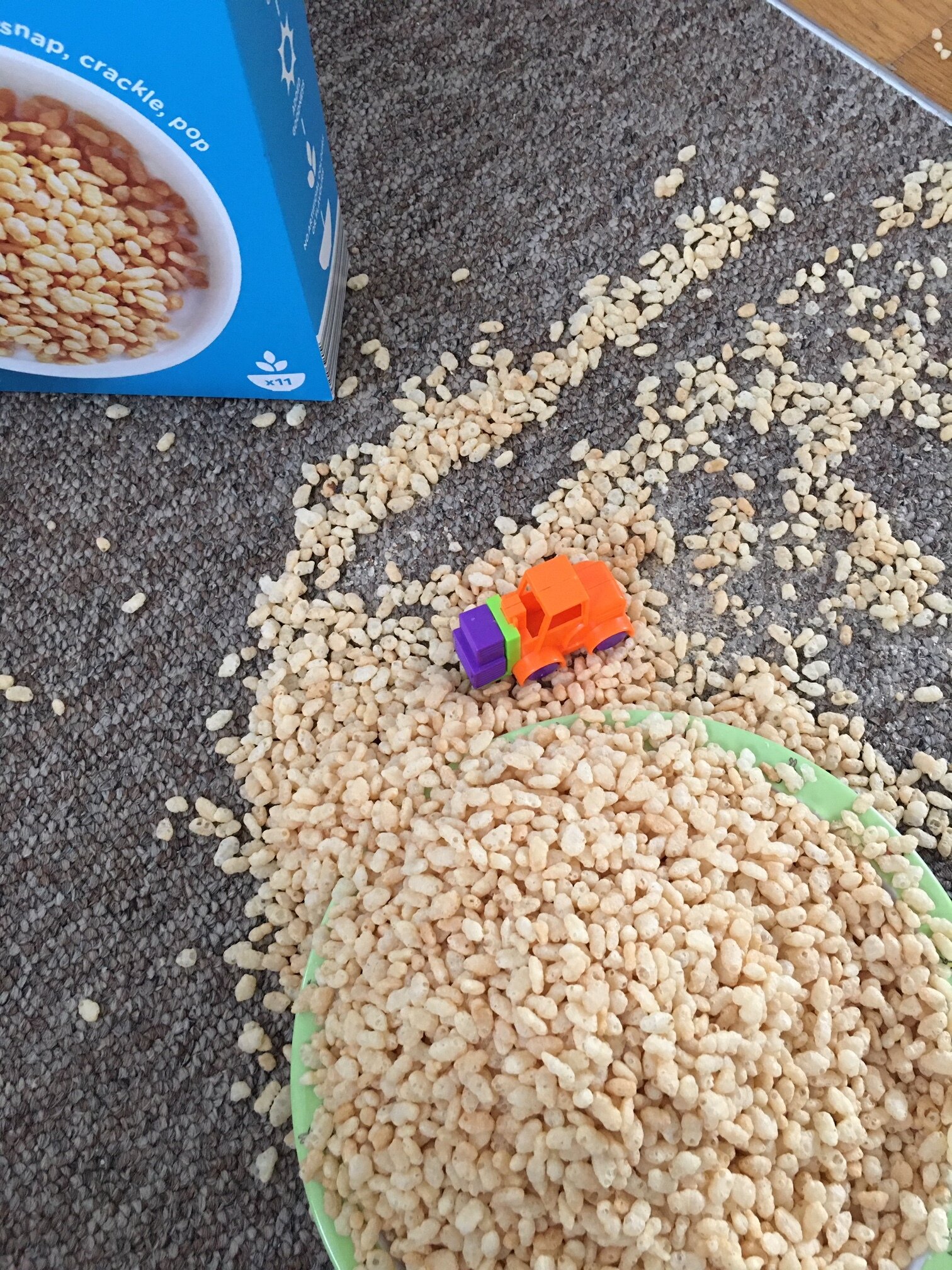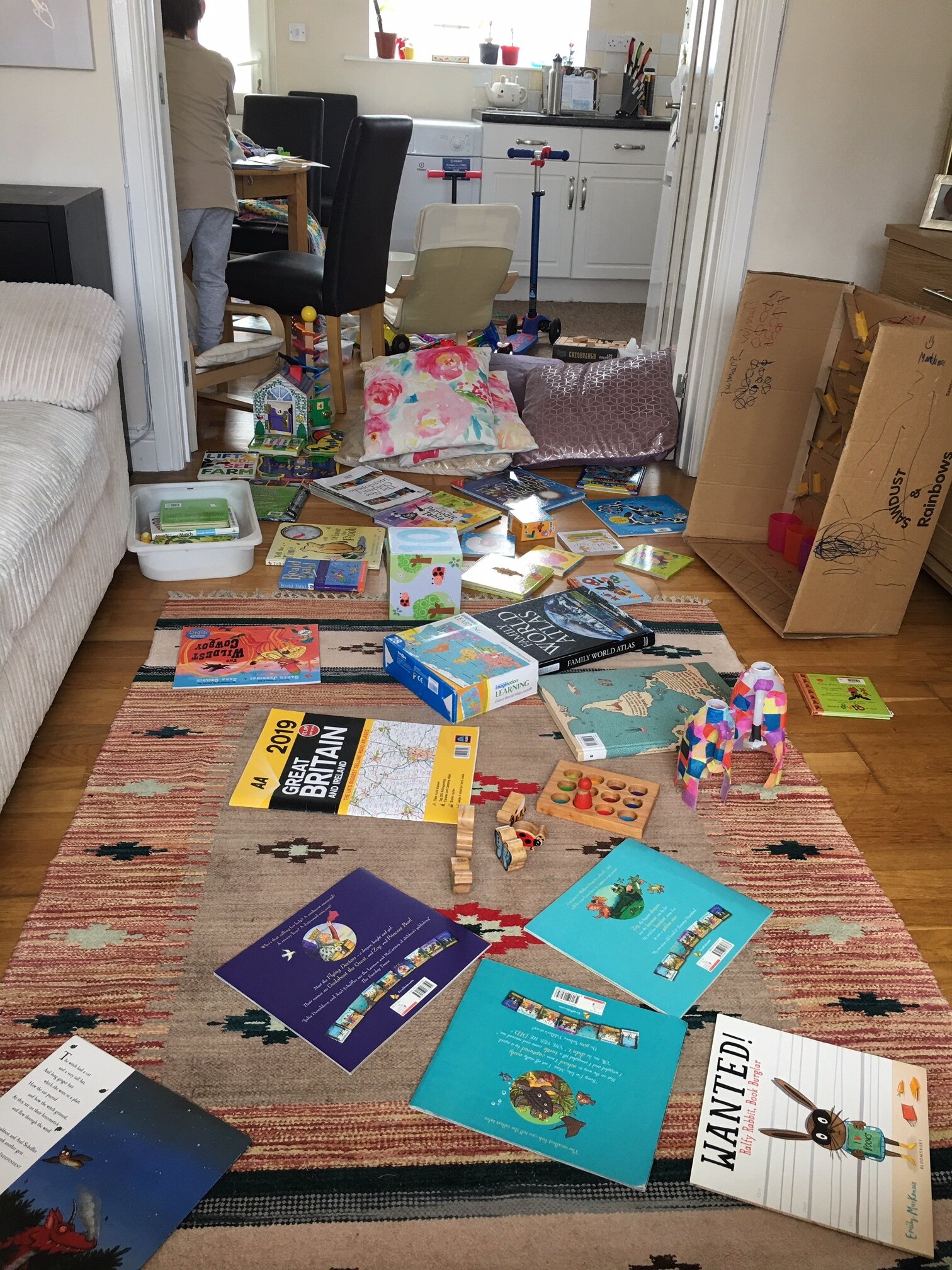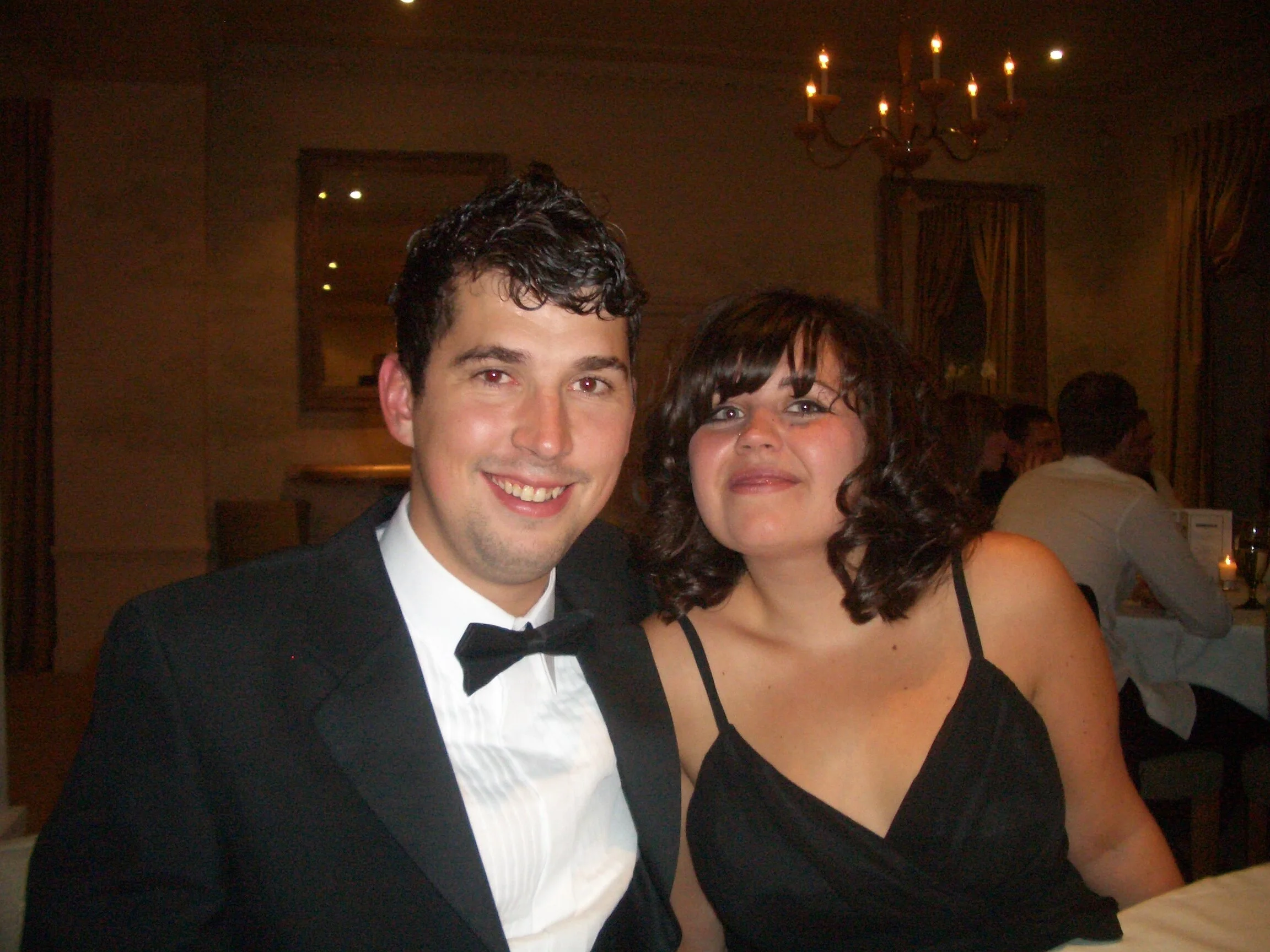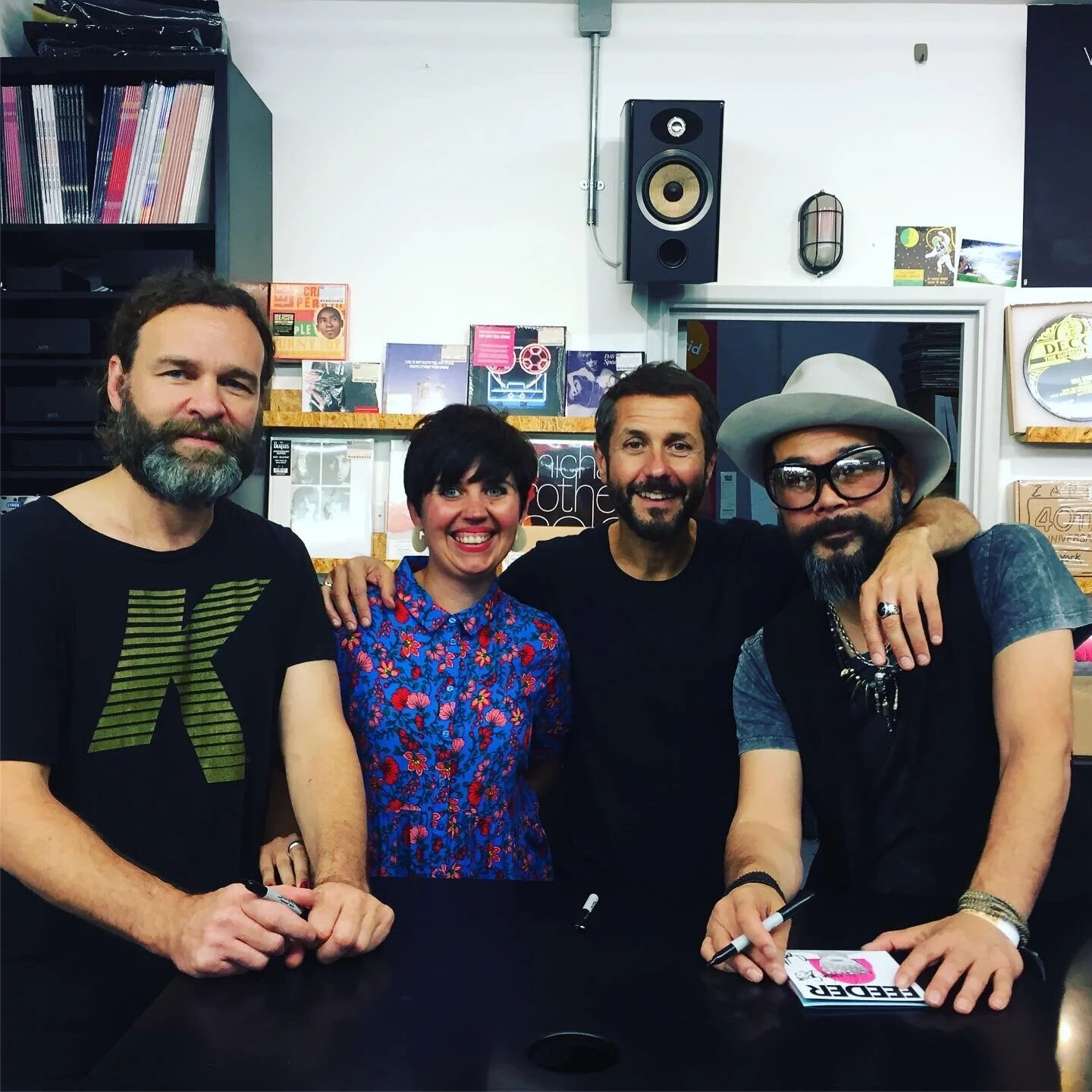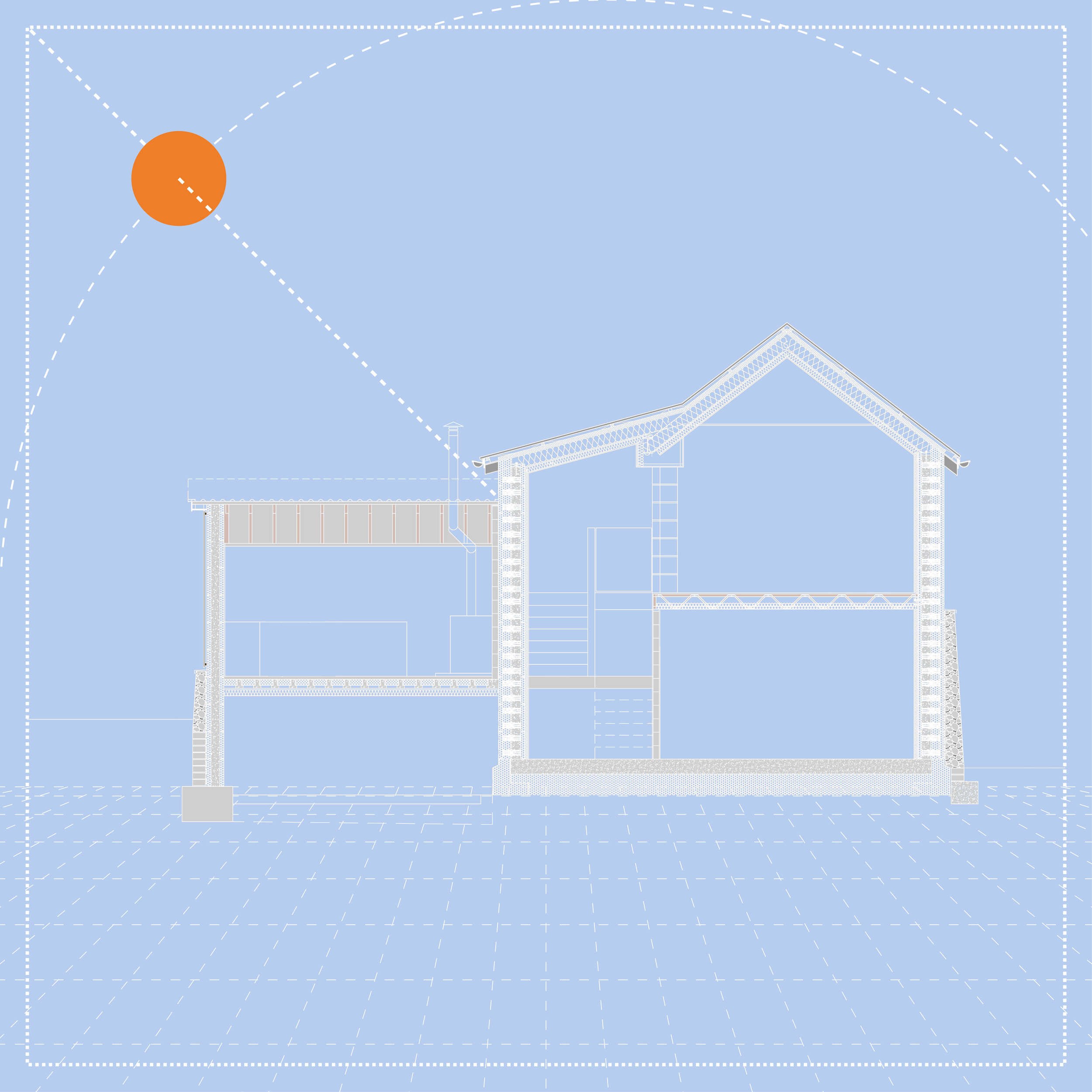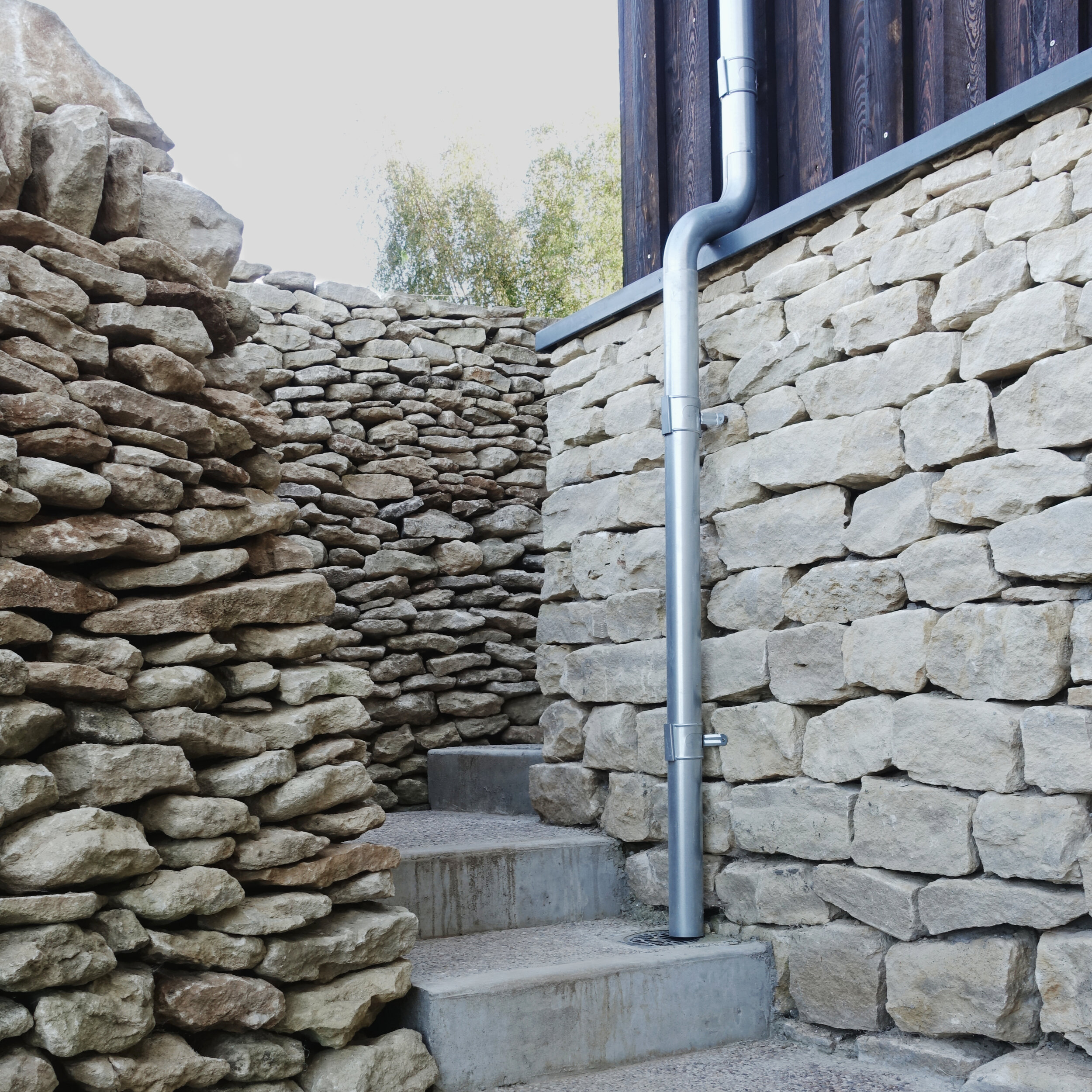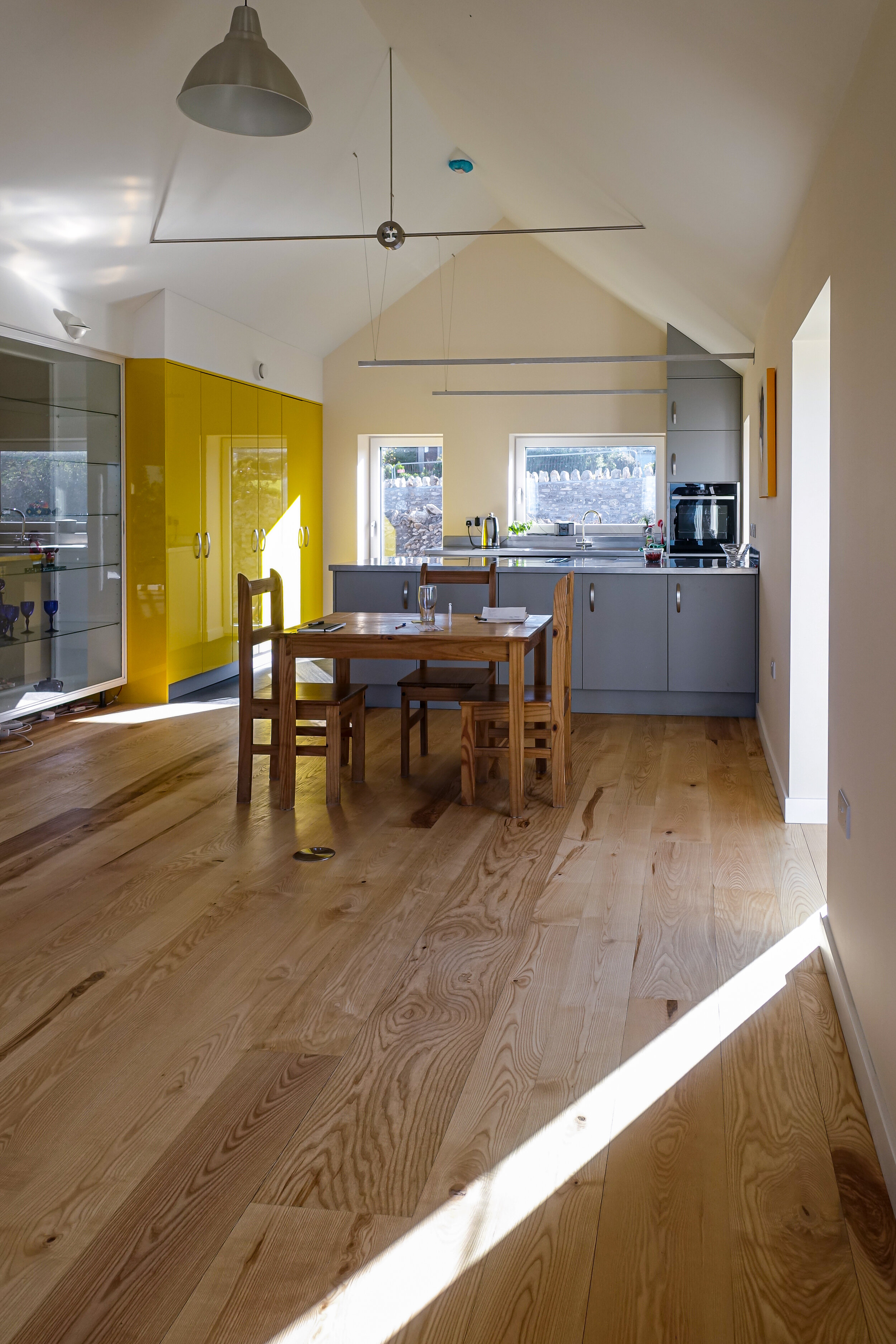Hi - Natalie here! This year marks my 13th year at gcp so to celebrate (!) I was asked to turn the Dictaphone on myself and answer a few of the questions I’ve given to my colleagues over the last year.
What is your role in gcp?
I provide administrative support to the Directors, team and the office. My job title is Practice Manager, which tries to encapsulate what I would term as “high level” administrative support such as running our Quality and Environmental Management System, writing and implementing our marketing strategy and managing our current to future pipeline.
To provide administrative support in any small team is a funny business. There is always a steady flow of procedural work and reporting that is easy and repetitive, but most days I find myself with “special projects” which offer different challenges. This means the work is also often varied and interesting. No two weeks are the same; the tasks use a variety of skills, many of which don’t appear in my CV!
Admin always feels like too bland a description for what I consider to be a fast-paced, forward-thinking, multi-skilled, under-valued section of office work. Not everyone has what it takes to successfully do this job with ease and good humour, though in isolation the skills can seem quite easy.
Someone once said to me that you only notice admin staff when you have bad ones. That’s stuck with me over the years.
I value high-quality support staff and consider myself extremely lucky to work alongside Maria at gcp.
How have you seen gcp change in the years you have been here?
I joined gcp back in 2007 as Office Manager & Admin Assistant and the memories I have of those days are of time spent on the print room floor folding piles of drawings for a planning submission. And of blurry old fax machine receipts. Drawing tanks. Ring bound presentation folders. A QA system with about twenty lever arch files of paperwork.
To say technology has moved on in that time is probably an understatement but the rise of social media in particular has given me a whole new set of skills for our marketing strategy.
The other thing I’ve seen a change in globally is flexible working and the work life balance. There has been quite a buzz in the media lately with regards to inventive working strategies – Microsoft’s month-long trial of a four-day week back in August 2019 found that their employees were “happier” and “significantly more productive” during the Work-Life Choice Challenge.
I think gcp has always been ahead of the curve with this offering alternative working arrangements and supporting family commitments but nowadays we see more members of staff actually using 4 day weeks, 9 day fortnights, earlier start and finish times etc.
I’m quite lucky in that I often get to be at the front of championing new initiatives.
This interview was drafted before Lockdown 2020, but I’m interested to see how this shapes the new office environment going forward!
Best moment at gcp in the last year?
For me, it has been the opportunity to mentor and support other members of the team through marketing subgroups which we created about a year ago. It’s been really inspiring to watch different members of the team take responsibility for parts of our marketing strategy and succeed brilliantly.
I also had a particularly fun December 2019. I devised and ran a festive schedule in the office for the second year in a row – including games, quizzes and hot chocolate – though I had a bit of a moan about the headspace it took up, it did liven up the office and made me feel very Christmassy.
This was topped off with a very entertaining afternoon out for our Christmas party. The team we currently have is incredibly diverse and genuinely a really nice bunch of people to hang out with.
What do you like to do in your spare time?
I love to write and to read. I aspire to be arty though I am often more interested in the planning and daydreaming than the execution. Daydreaming is my meditation. I’m obsessed with Pinterest.
I have more hobbies than anyone I know, and I am always learning something new and forgetting it in favour of something else.
I enjoy knitting, kneading bread, listening to music, laughing at my husband, cups of tea, cuddles with my kids, gin, autumn walks, frosty mornings, being near the water, meditation, picnics, sushi and going to farmers markets.
What is your proudest personal achievement?
Getting two poems published in the same edition of my university magazine. The head of the English department was a published writer, eloquent speaker and crazy, post-apocalyptic theorist. Its validating as a writer when someone who’s own work you regard as interesting, feels the same way about yours.
I was incredibly proud to be chosen back then because writing is a bit like putting your heart out there for other people to break. I imagine it’s much worse these days with social media. For me, it has gotten scarier as I’ve gotten older too. To be young is to be fearless when you are a creative.
Tell us something we might not know about you?
This is tricky! I am an open book and a bit of a chatter, which probably winds up some of my more introverted colleagues. I strive for authentic connections with people so try very hard to be honest in my interactions.
My party trick is that I can say the alphabet backwards. Oh, and did you know at one time I was a qualified personal trainer and exercise to music instructor?
If you didn’t work at gcp what would your dream job have been?
A writer.
Do professional readers exist? Perhaps a book editor.
I have been writing creatively since I was in primary school, short stories, and poetry. My degree was in English Literature and my dissertation was a creative writing portfolio for which I received First Class marks.
I absolutely love the written word, language and reading aloud and these things still take up a large part of my time away from work even if I am not getting paid for them!











